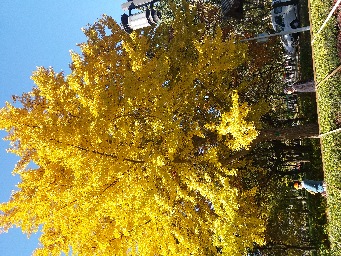
Thomas Struth - New Pictures from Paradise 托马斯施特鲁
¥ 388 九五品
仅1件
北京通州
认证卖家担保交易快速发货售后保障
作者Hans Rudolph Reust
出版社Schirmer/Mosel
ISBN9783829607599
出版时间2016
装帧精装
页数80页
上书时间2023-07-30
- 最新上架
商品详情
- 品相描述:九五品
- 商品描述
-
Each of Thomas Struth s "paradises" is a piece of nature devoted to a specific overarching theme. In his photographs measuring up to 9 by 11 feet, Thomas Struth draws the viewer into the magical semidarkness of forests and jungles, the impenetrable yet bright green of trees, bushes, tropical plants, and mossy brooks. Struth found his paradises in China, Japan, Australia, Brazil, Germany, and, more recently, in Peru, Florida, and Hawaii. With 11 new pictures, the expanded new edition of his Paradise book contains the entire series of 36 photographs as full-page plates. In their essays, psychologist Ingo Hartmann and art historian Hans Rudolf Reust each shed light on our current understanding of so-called untamed nature, its exploitation and mystification, not to mention as a basis for utopias.
托马斯·斯特鲁思(Thomas Struth)的每一个“天堂”都是一个致力于特定总体主题的自然片段。托马斯·斯特鲁思(Thomas Struth)的照片高达9 x 11英尺,他将观众带入了森林和丛林中神奇的半暗,树木、灌木、热带植物和苔藓小溪中透不透但明亮的绿色。斯特鲁思在中国、日本、澳大利亚、巴西、德国以及*近在秘鲁、佛罗里达和夏威夷发现了他的天堂。随着11张新照片,他的《天堂》一书的扩展版包含了整个系列的36张全版照片。心理学家英戈·哈特曼(Ingo Hartmann)和艺术史学家汉斯·鲁道夫·鲁斯特(Hans Rudolf Reust)在他们的论文中都阐述了我们目前对所谓的未驯服自然、其剥削和神秘化的理解,更不用说作为乌托邦的基础了。
出版社:SchirmerMosel;第Expanded,Bilingual版(2017年6月15日)
出版日期:2017年6月15日
语言:英语
精装:80页
ISBN-10:3829607598
ISBN-13:978-3829607599
尺寸:25.1x1.75x32.87cm
— 没有更多了 —











以下为对购买帮助不大的评价